Reportar esta entrada
Más sobre la misma comunidad-colección
Geneva Loan & Jewelry CO Down Town El Paso
Geneva Loan & Jewelry CO, was established in 1912 and is on 222 ...
El Cronómetro y Roma Hotel - El Paso, Tejas
This picture shows the El Cronómetro, a jewelry and watches ...
Dentro de El Cronómetro - El Paso, Tejas
This picture is taken inside the El Cronómetro, a jewelry store ...
La Empresa La Esmeralda - El Paso, Tejas
Valente Cruz, Carmen, Maria Cruz and Louis Tschantré are ...
Sur Calle El Paso Inundada - 1920's
The picture shows South El Paso Street flooded. Kids are playing ...
Dirigible Graf Zeppelin - El Paso, Texas
The airship LZ-127 Graf Zeppelin overflew El Paso in the early ...







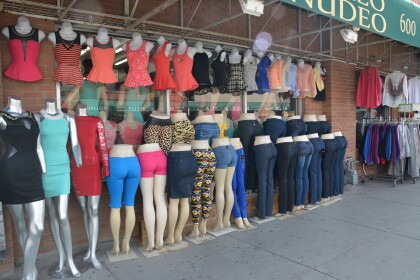
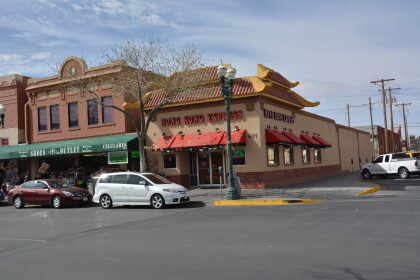
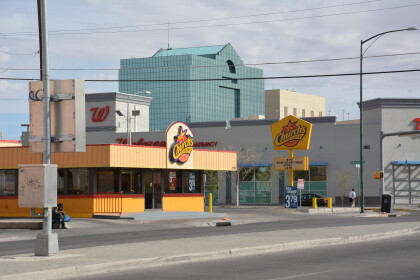
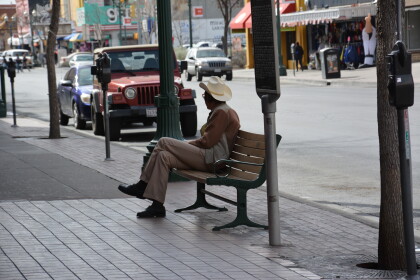
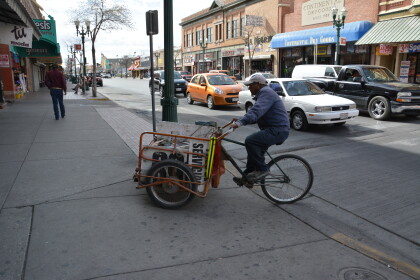
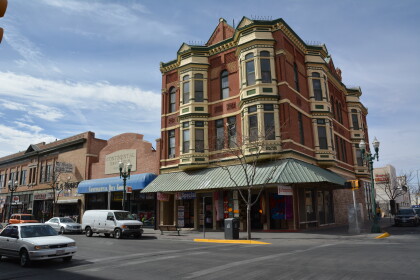
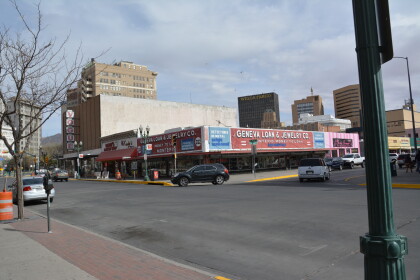
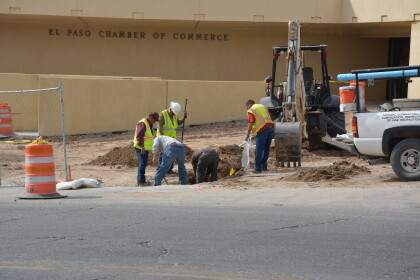
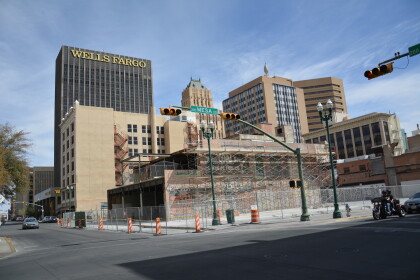
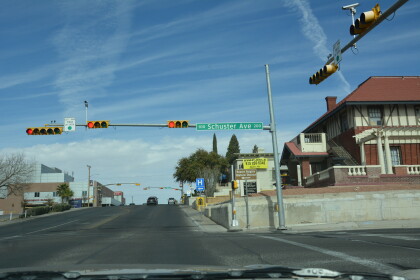
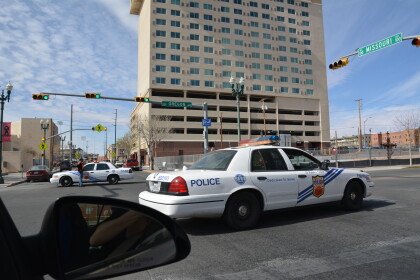
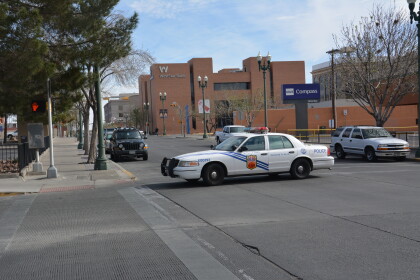
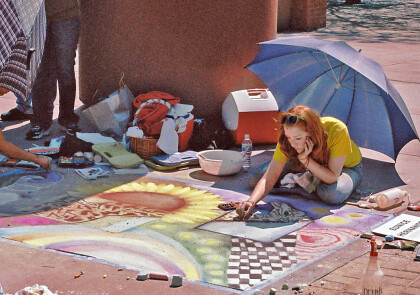
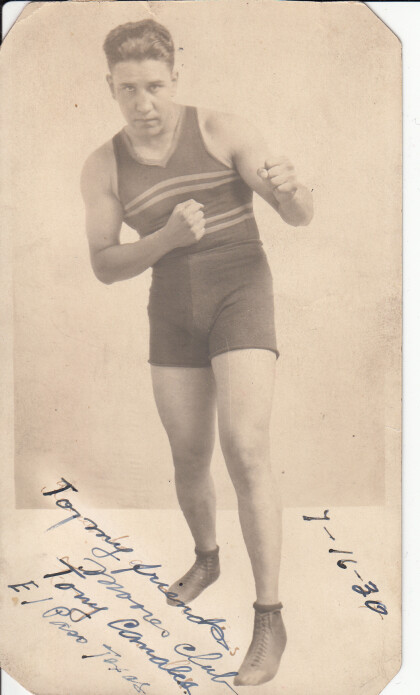
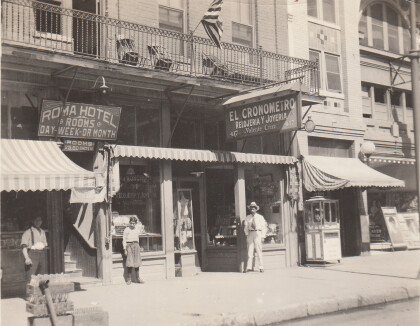
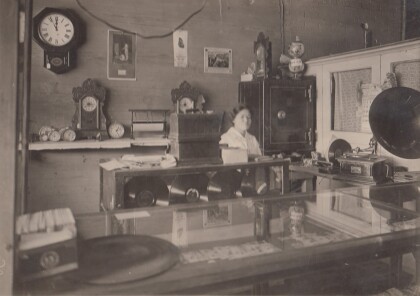
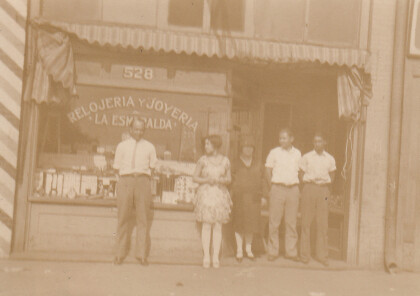
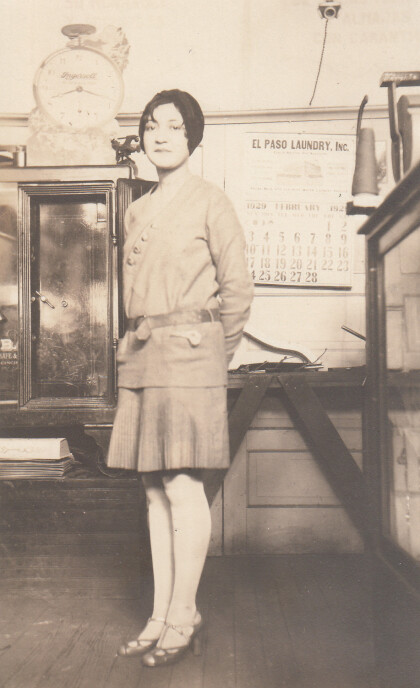
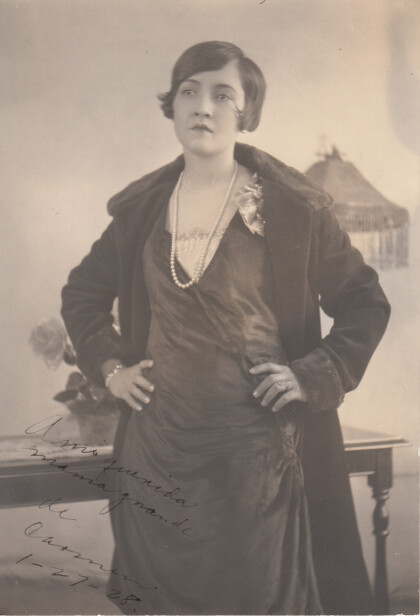
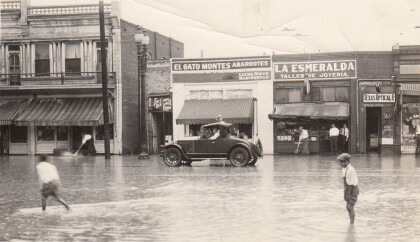
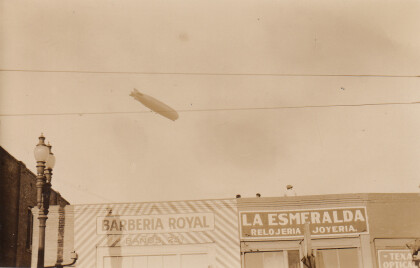
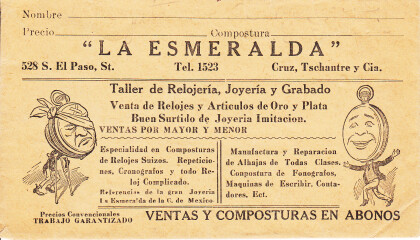
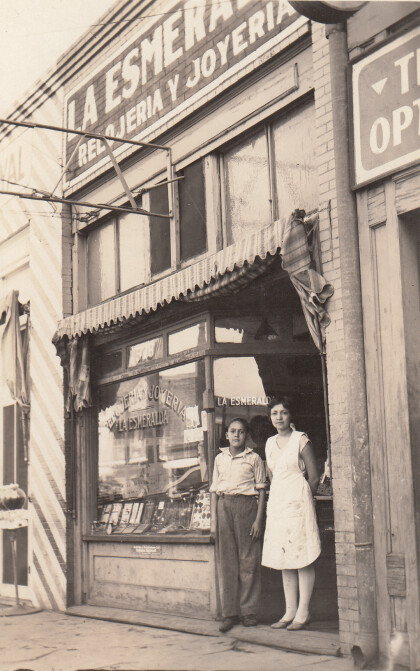
Comentarios
Hacer un comentario